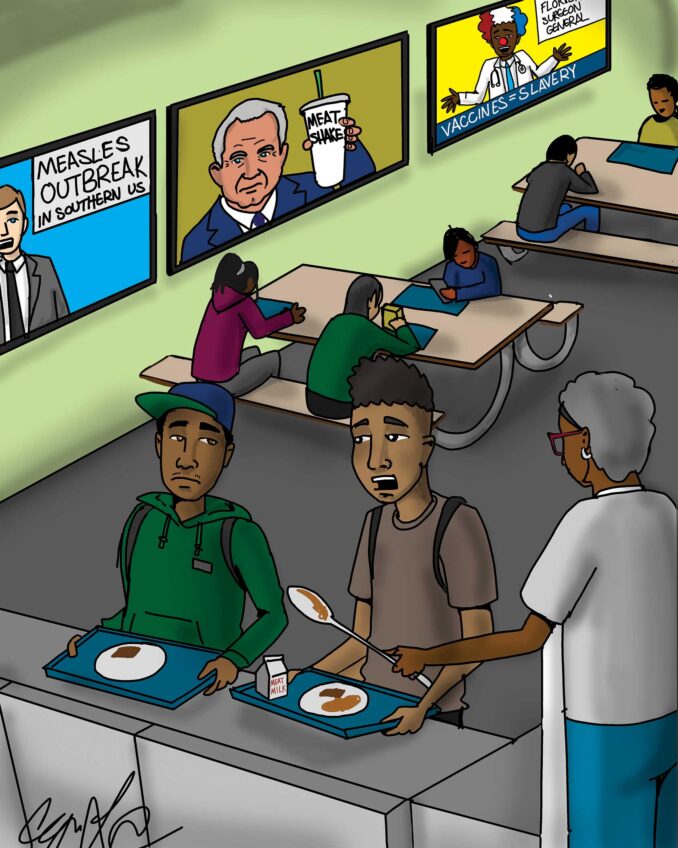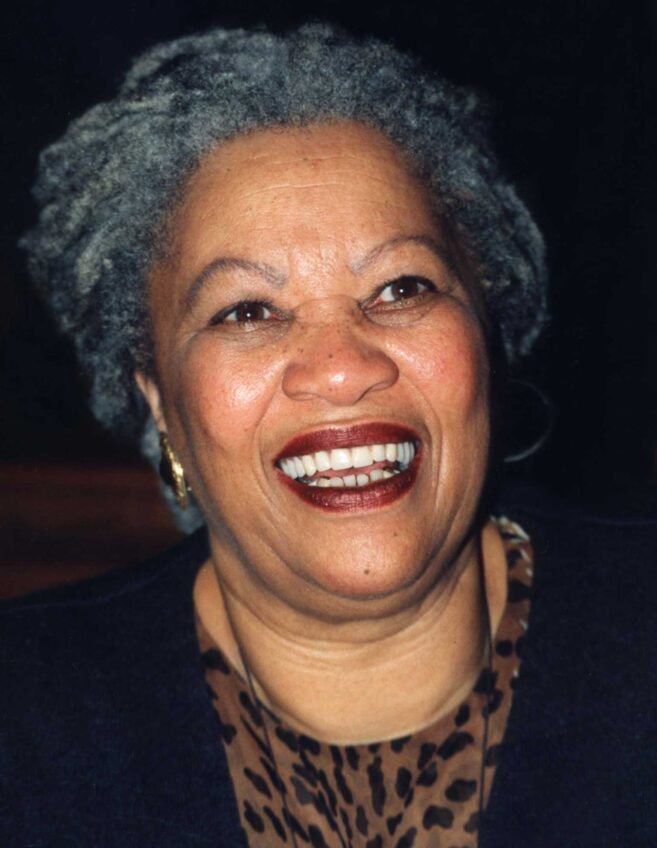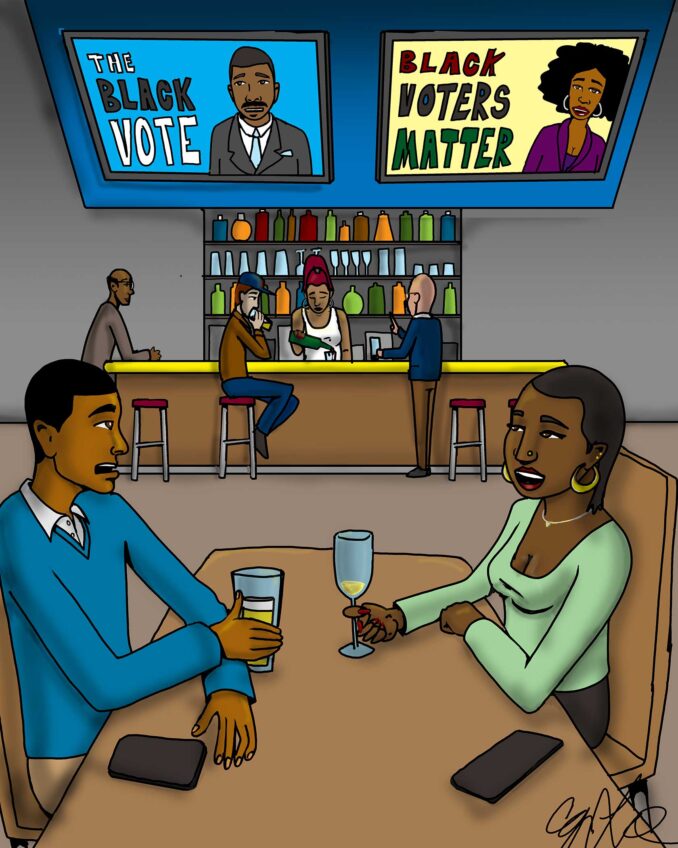There have been countless reports, recommendations, rule changes, investigations, civilian checks and balances on the LAPD, and Black Live Matters protests. It’s as if none of these things ever happened or meant little-to-nothing. The LAPD’s wanton, reckless, outrageous slaying of 14-year-old Valentina Orellana Peralta is grim testimony to that.
LAPD shootings are drastically up from a year ago, over 20 to be exact. Even when the LAPD shot fewer people, the death toll from the shootings has remained high.
Now we have the Peralta slaying. This rammed home again the perennially troubling issue of what, when and how LAPD officers should use non-lethal force. In the Peralta slaying, the official version is that officers responded to a violent incident call at a Burlington store in North Hollywood. There were reported shots and a gunman. No gun was found and no evidence of shots.
What makes the Peralta slaying even more outrageous is that it and the other LAPD shootings come in the wake of the historic legislation the state legislature passed on Jan. 1, 2020. It mandated strict training, accountability and discipline procedures for the use of force by officers. Since the law was passed, however, the number of shootings, some questionable, has not dropped.
The one certainty in the latest killing is that it’s not an isolated case of deadly force used by the LAPD. So, the question again in the latest shooting is, did she have to die? The stock answer is that whenever a suspect poses a direct threat to an officer, or an officer responds to a potentially life-threatening incident, he or she can use whatever force is necessary, up to and including deadly force. In more cases than not this is a strictly subjective judgment call. And in almost all cases, officers that use lethal force are shielded from prosecution in the absence of iron-clad proof of wrongdoing. No LAPD officer has been prosecuted for the use of deadly force on duty, no matter how questionable, in many years.
A prosecution must leap a mountainous bar, requiring the testimony of another officer, a smoking-gun body or dashcam recording, or a preponderance of consistent testimony from civilian eyewitnesses that the killing was unjustified. Even then, the victim must have been unarmed, and in most cases not in the commission of a crime. But what if the victim is armed with a knife, stick, screwdriver or any other non-firearm weapon? And the victim is a woman, and suffers from mental or emotional challenges?
The LAPD and other police departments have long grappled with these thorny questions. There is no one-size-fits-all answer. Police departments have an array of non-lethal weapons that include bean bags, tasers, stun guns, rubber and wooden bullets, pepper spray and of course, shouts, commands and attempts to talk down a suspect. But in the event of any sudden movement toward an officer, all bets are off. The outcome is almost always deadly force.
While the use of force levels will even in the best-case situations remain a judgment call, there still must be clear policy guidelines that spell out the likely situations in which non-lethal force can and must be used. There are court rulings that give solid guidance on this. One is the Supreme Court decision in 1985 that forbids police officers from shooting a fleeing person unless the individual poses a significant physical threat to the officer. In all such cases where there is no threat, the officer must use and continue to use non-lethal force.
A sweeping National Institute of Justice study in 2011 on the use of non-lethal force found that injuries to officers and suspects markedly decreased with the use of non-lethal devices, from tasers to pepper spray. It also recommended training requirements that officers evaluate the age, size, sex, apparent physical capabilities and health concerns of a suspect in determining what level and type of force to use.
The answer to the question of whether the use of deadly force in the slaying of Peralta was necessary is a resounding no. This makes it even more compelling for LAPD officials and the LA Police Commission to take an even harder look at when non-lethal force should be used. This is not just a matter of life and death, and of good public and police policy. The family of Valentina Orellana Peralta deserves no less.
Earl Ofari Hutchinson is an author and political analyst.






